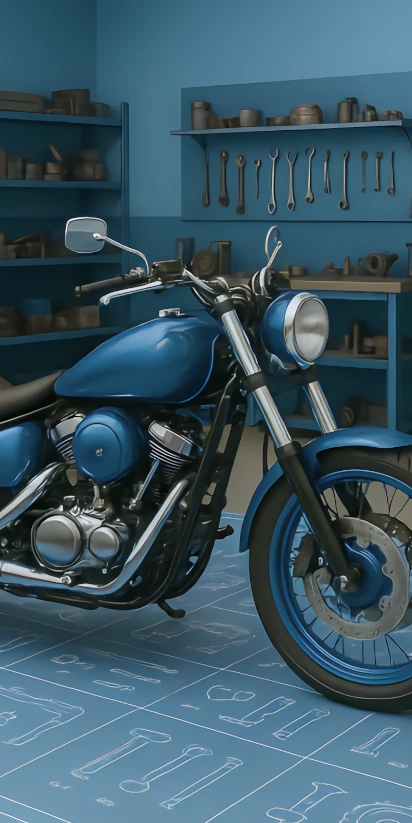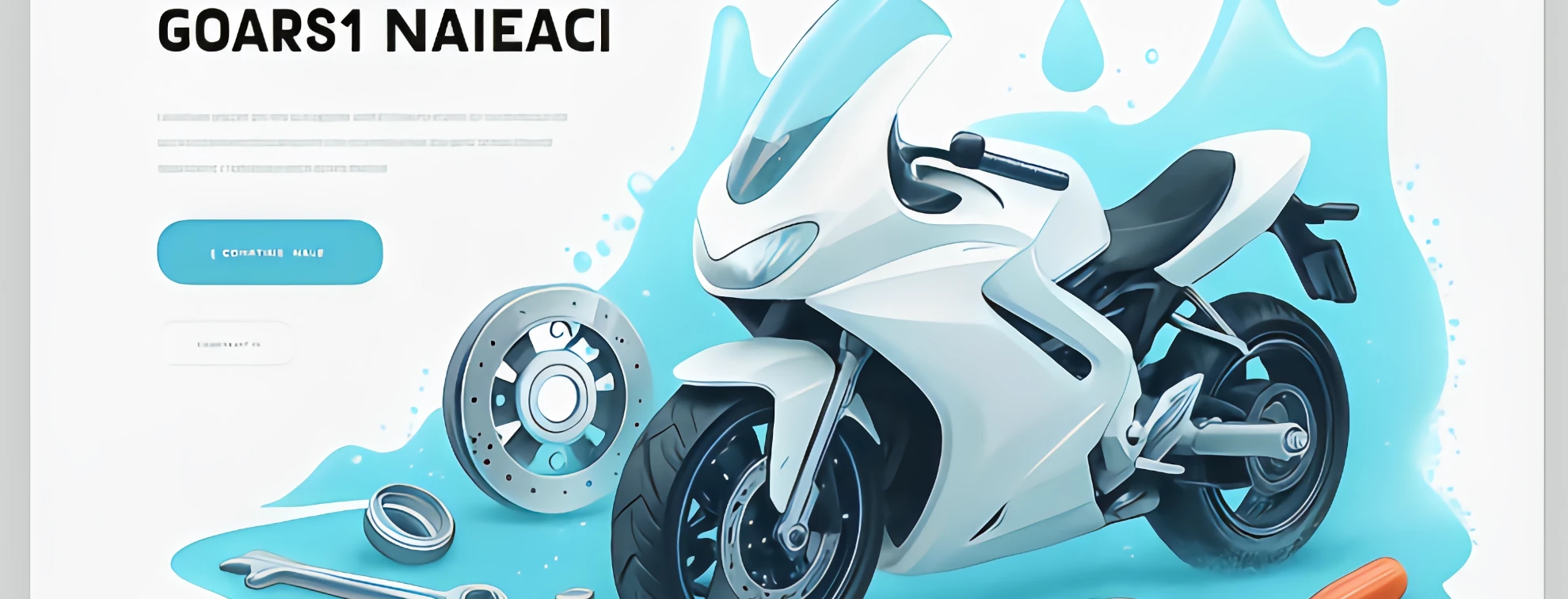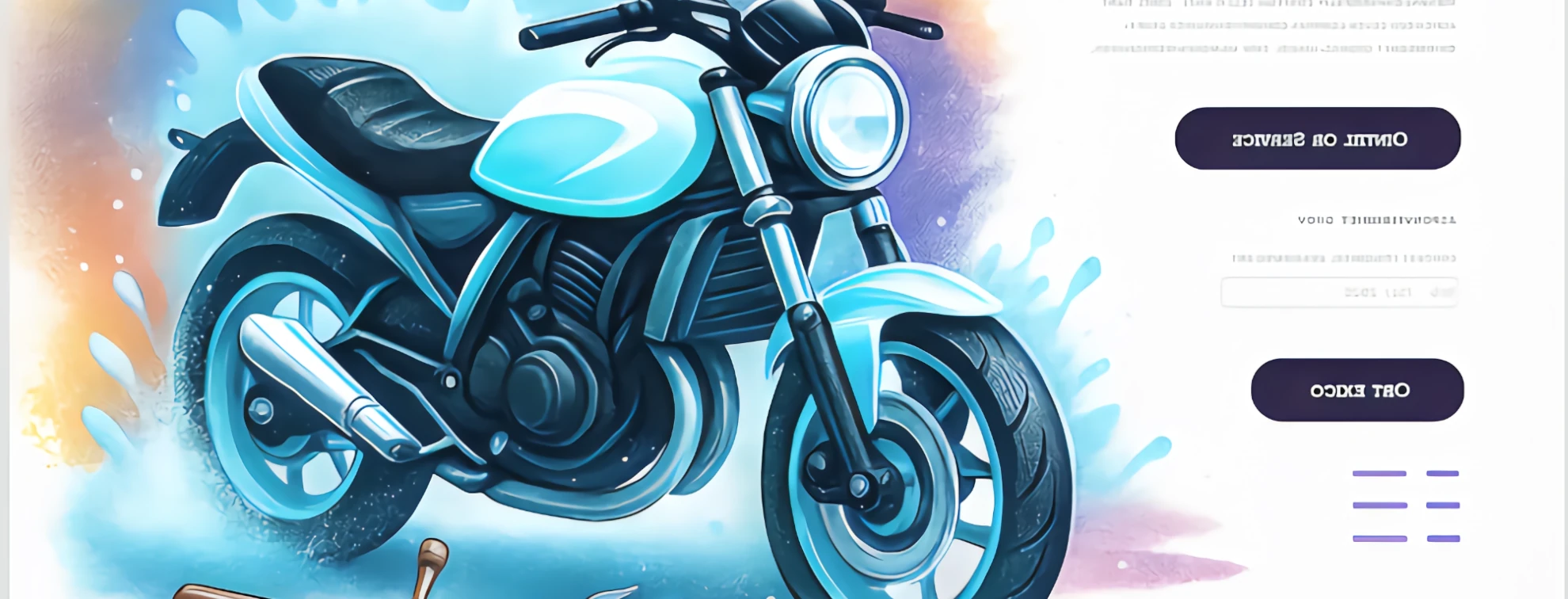100% Authentic Motorcycle Parts
More than 20 thousand motorcycle parts available online. Ships worldwide from Colombia's favorite genuine parts online retailer.

Sell, search or securely buy new and used motorcycles online.
Add handlebars, grips, tires, wheels, windshields, seats, backrests, floorboards and racks.
Looking for Oils & Fluids? keep your vehicle looking great and running smoothly.
A professional service will check, maintain, or change all the critical elements.
More than 20 thousand motorcycle parts available online. Ships worldwide from Colombia's favorite genuine parts online retailer.
Colombia has nearly 11 million motorcycles on the road today—accounting for about 60% of the country’s vehicle fleet—used primarily for daily commuting and delivery work, which leads to heavy wear and tear.
Sell Car Parts

OEMs and dealerships generate their best profits from parts and service, with parts margins often 4× higher and service margins 3× higher than on bike sales—that’s where the real money is.
Pricing ModuleMotorcycle ownership in Colombia has surged in recent years, with nearly 11 million two‑wheelers on the road and they account for over 60 percent of all registered vehicles.
These motorcycles are indispensable for daily commuting and deliveries, leading to rapid wear and tear on parts. At the same time, Colombia’s e‑commerce market is exploding: online sales of vehicle parts are projected to reach US $191.9 million by 2025, representing roughly 41.2 percent of all DIY e‑commerce.
Yet despite this clear demand, most OEMs and dealerships lack a dedicated online parts channel. Here’s why that must change and how going digital today can secure tomorrow’s profits and customer loyalty.
| Stakeholder | Benefit |
|---|---|
| Dealers | New online sales channel; fewer manual orders; faster turnover; higher service‑department traffic |
| OEMs/Importers | Centralized sales data; improved demand forecasting; reduced warranty claim errors; sustained margins |
| End Customers | Convenient 24/7 ordering; official OEM warranty; accurate fitment; transparent pricing |
In an era where digital convenience dictates customer loyalty, motorcycle OEMs and dealerships cannot afford to cede the online parts marketplace to generic platforms. By launching a dealer‑centric e‑commerce solution—complete with interactive catalogs, real‑time stock data, and a seamless checkout experience—OEMs like Bajaj can capture high‑margin parts revenue, fortify brand trust, and empower their dealer network. The time to act is now: every month without a dedicated online channel is lost profit and diluted customer engagement. Let’s build the future of motorcycle parts retail together—and drive Colombia’s two‑wheeler ecosystem into the digital age.